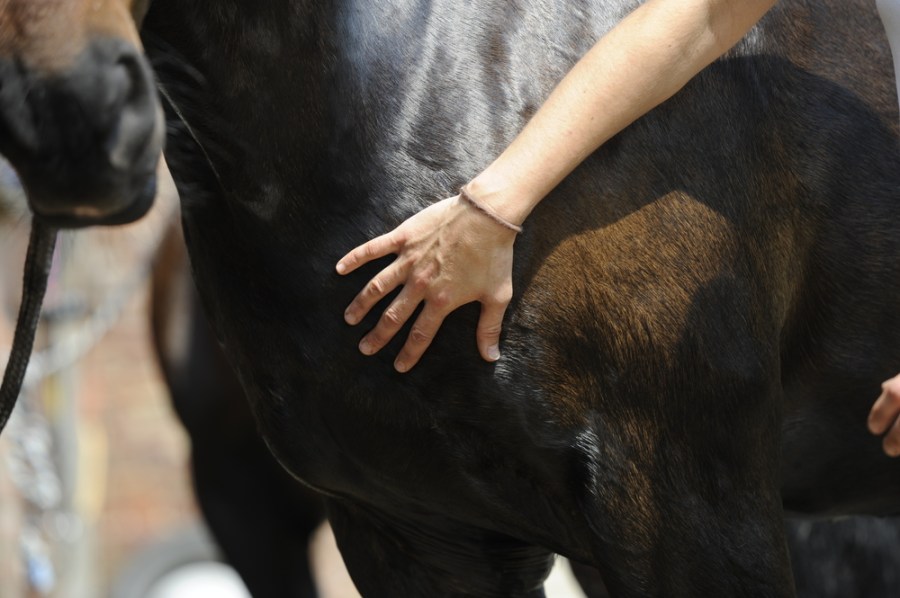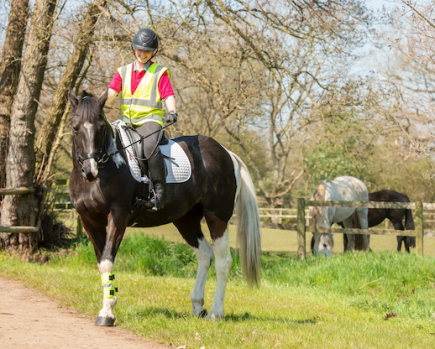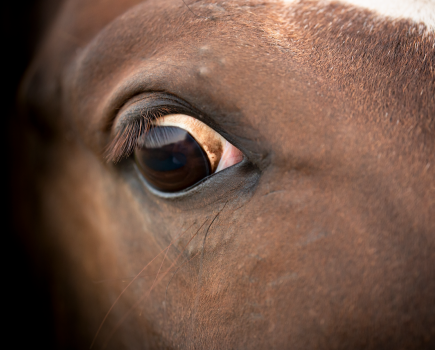f you have a horse who kicks or strikes out at you without warning, it can be a worrying and nerve wracking experience and can damage your relationship. Make sure you and your horse are safe and sound with expert advice from Natural Horsemanship Trainer Charles Wilson.
“Kicking is a terrible habit, especially if it’s hard wired into your horse’s brain,” says Charles,
“but punishment for kicking is futile and often counter-productive, as fear is the root cause of the kicking in the first place, so punishment simply re-enforces it. Horses need to feel safe and know that there is nothing to fear and being around you is the safest place for them to be.”
If you have a horse who kicks out at you, it’s important that he learns to accept you at close range. This exercise will help:
Step 1: Get him used to your touch
Hold him loosely with a lead rope over your arm in a small area (bigger than a stable). Don’t tie him up as this could make him anxious.
Stroke him from his shoulder, using long gentle strokes and see if he relaxes under your touch. Lowering his head and breathing deeply are signs that he’s beginning to relax and accept you. For the first few sessions, don’t even attempt to go towards the hindquarters, stay up at the shoulder end and always wear a riding hat and sturdy footwear.
Stroke his head, neck, shoulders and front half of his ribs, before stroking further back towards the stifle. Remember to be patient and calm.
Step 2: Pay attention to his reactions
As you stroke him, make a mental note of any areas on his body where he tenses up, leave these areas and return to a point where he relaxes again. Return to the area that caused the tension and work around it – gradually building it up until he is fully relaxed with you being there.
Step 3: Take care around his back legs
Before you head down the hindquarters and back legs, familiarise him with being stroked with a stick over the parts where he feels least resistant. You are essentially using the stick as an extension of your arm. Then, when you feel ready, move down his back legs with your stick. It’s important to be very patient and gradual with your movements.
If he kicks out, don’t panic. Just keep soothing him with your voice and stroking him, until you can stroke a little way down the leg without him lifting it. Then stop and let him rest. Chill-out time is a must to take the pressure off.
You should find that over time you’ll be able to stroke down the hindlegs and even lift his tail a little. Be observant and monitor his body language. You should expect this process to take a few weeks.
Once he accepts the stick touching him, your hand will be the next step, but before that, allow a rope to swing around the leg, near the hock. Again, expect this work to take a few sessions and progress slowly until he’s familiar with the sensation of the rope.
Once you move on to using your hand, be sure to convey an air of confidence and calmness with slow and deliberate movements.
More about our expert
Charles Wilson MA, BHSAI is a Natural Horsemanship Trainer who has a wealth of experience in training horses. Training his own horses from his late twenties, Charles has successfully competed in all the major disciplines. It is this all round horsemanship skill and knowledge that gives such a deep insight into his work with both horse and rider.










